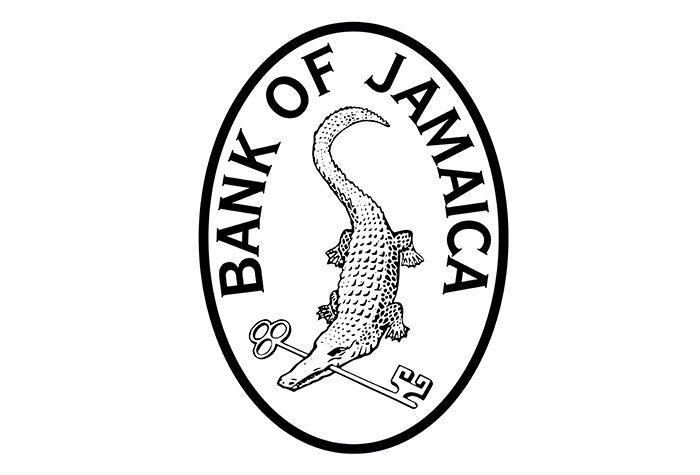
Outlook of falling commodity prices over the next 3 to 6 months

Durrant Pate/Contributor
The Bank of Jamaica (BOJ) is reporting that inflation is on track to continue falling in 2023, consistent with global consensus forecasts for a fall in commodity prices.
Annual inflation is projected to continue to fall to the BOJ’s inflation target range of 4.0 per cent to 6.0 per cent by the December 2023 quarter. One-off regulated price adjustments may, however, result in a temporary uptick in inflation.
Citing selected indicators supporting this outlook, the BOJ highlights that international fertiliser prices fell by an average monthly rate of 12.3 per cent for January to February 2023 while the average of daily West Texas Intermediate (WTI) crude oil and Liquified Natural Gas (LNG) prices trended below its forecast for January and February 2023.
In a summary of its monetary policy discussions and decisions for this month, the BOJ points to LNG, which has been declining significantly by an average monthly rate of 34.8 per cent, relative to its projections for a smaller decline.
“Similarly, WTI prices increased by an average monthly rate of 0.1 per cent for the period compared to the Bank’s projection for a moderately higher increase. Average grains prices (wheat, corn, soybean) also increased at a slower pace than expected for the two-month period,” the BOJ articulated in its latest monthly monetary policy statement released last evening.
Fiscal policy stance poses no risk to inflation
The BOJ is articulating that the domestic fiscal policy stance continues to pose no risk to inflation over the near term but its Monetary Policy Committee (MPC), which wrapped up its two-day meetings this week, will continue to closely monitor the global and domestic economic environments for potential risks that could threaten Jamaica’s inflation target. The key external drivers of headline inflation such as grains, fuel and shipping prices, continued to decline, broadly in line with the BOJ’s expectations.
In addition, inflation expectations continued to track downward. The BOJ says the business sector’s expected inflation 12-months ahead remained at 11.5 per cent at the November 2022 survey. Survey respondents say changes in the external price of imported goods were the most important factor influencing inflation expectations.

Inflation expectations should continue to fall as import prices decline and domestic monetary policy actions take effect, the BOJ assesses noting that the Jamaican economy continued to perform creditably with the likelihood that gross domestic product (GDP) for the fiscal year 2022/23 will grow by 4.0 per cent to 5.5 per cent. GDP grew by an estimated 3.0 per cent to 4.5 per cent for the December 2022 quarter with projections for the March 2023 quarter to grow by 4.0 per cent to 5.0 per cent.
Interest rate movement
Interest rates in the domestic money and capital markets as well as term rates offered by the deposit-taking institutions (DTIs) have generally increased in line with the BOJ’s policy rate. However, the DTI sector continued to make only marginal adjustments to saving deposit and lending rates.
Between October 2021 and January 2023, the weighted average deposit rate offered by commercial banks to the public increased by 67 basis points (bps). However, the overall weighted average lending rate to the private sector on local currency loans was 11.6 per cent at January 2023, 12 bps below the rate at September 2021.
According to the BOJ, “preliminary survey data indicate that these rates will be adjusted upward by marginal amounts in the near future. Notwithstanding the slow response of selected saving and lending rates to monetary policy signals, respondents to Bank of Jamaica’s Quarterly Credit Conditions Survey indicated that banks tightened credit terms for the December 2022 quarter. Credit terms are expected to tighten further for the March 2023 and June 2023 quarters.”







Comments